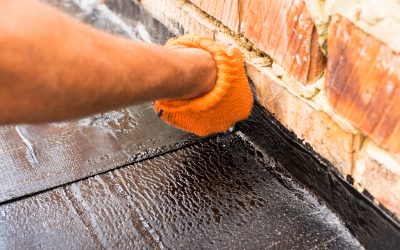Silver has long been used to make jewelry and high-end flatware, and it’s widely regarded as a precious metal. Nowadays, a silver coating offers numerous advantages to a wide range of products and components. Because it has good lubricity at high temperatures, you can use this to coat the surface of nuts and bearings to prevent galling and seizing at extreme heat.
However, any time an oxidant and sulfur source are present in the environment, silver quickly tarnishes. By stripping silver plating using electrolysis, you can replate the item using new silver. In this article, we will discuss how this can be achieved.
Silver Plating Removal Through Electrolysis
Silver coatings can be removed using electrolysis, which uses low electric charges from a battery or charger to initiate an ion exchange while the metal is immersed in an electrolyte. This is the reversal of the silver electroplating process.
The workpiece serves as the anode in this procedure, which uses a plating solution that contains silver cyanide for dissolving the coating. The component that needs to be stripped is submerged into the plating solution and then attached to a battery’s positive cable. On the other hand, the negative cable is connected to the second metal piece immersed in the solution, serving as the sacrificial electrode.
The silver cyanide solution separates into ions when the power source is turned on. The negatively charged sacrificial electrode attracts positively charged silver ions, which gradually deposit on it, stripping the silver plating from your workpiece.
Electrolytic stripping has several advantages, including exceptionally quick stripping rates, no reaction or by-product buildup, lower costs, and the capacity to strip several coatings in a single process.
Conclusion
Using electrolysis for removing silver plating is among the most effective ways to do so. However, it’s best to enlist the expertise of experienced silver electroplating services to complete this operation correctly.
